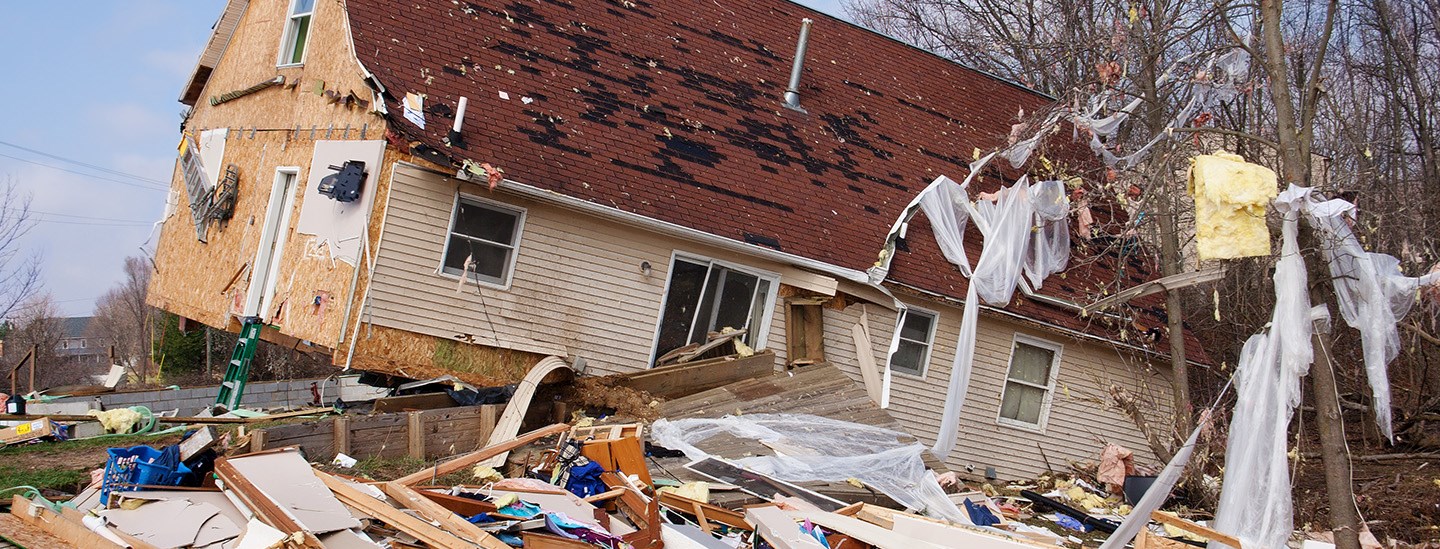Tornadoes are destructive and often unpredictable, so having an emergency preparedness plan in place can save lives and protect your home and property. This tornado preparedness guide will help you understand the risks and safeguard your home and property from tornado damage.
While a tornado can develop anywhere under favorable conditions, tornadoes are most likely in southwestern Ontario and parts of the southern prairies. Summer is peak tornado season, but a tornado can happen any time of year.
- Before tornado season begins: Review your policies and coverage
- Prepare your home and property before a tornado
- File a claim after a tornado
Before tornado season begins: Review your policies and coverage
Unlike flooding, most property insurance policies include coverage for tornado damage to your home and personal property. Talk to your Gallagher broker so you understand what your current property policy covers and, if needed, can add the appropriate insurance coverage.
Prepare your home and property before a tornado
Tornadoes are among the most violent atmospheric storms, so it's wise to have an emergency plan and kit ready before a tornado strikes.
Create a tornado emergency plan and kit
Before tornado season starts, create an emergency plan to ensure everyone in your household is prepared if a tornado is likely or confirmed. Review these steps each year.
Create an emergency kit. Assemble an emergency supply kit that will sustain your household members for three days. The Canada Red Cross has recommendations for what to include in an emergency supply kit.
Practice moving quickly to a designated safe location. Conduct a tornado drill so members of the household practice moving to the safest area of the house and other structures on the property.
Have an evacuation plan. In case household members aren't together during a tornado or become separated during an evacuation, agree on primary and secondary places to reunite when danger has passed.
Have a communication plan. In case all household members aren't together during a tornado watch or warning, have a plan for how to reach each other and other essential people, such as relatives, friends and employers. Don't rely solely on the contacts list in mobile phones — all household members should carry a printed contact list. Designate someone within the household and someone outside the household that all members should contact to let them know they're safe.
Practice first aid skills and emergency responses. Attend training classes and practice response skills so you know how to administer first aid to any injured parties before professional help arrives.
Secure important documents. Keep important documents — such as legal papers, birth certificates, marriage licenses, financial papers and insurance policy information — in a safety deposit box or fireproof and waterproof box. Also include photocopies of your passport, driver's license and credit cards.
Shelter during a tornado
During a watch or warning, seek shelter immediately and follow the safety guidelines below.

